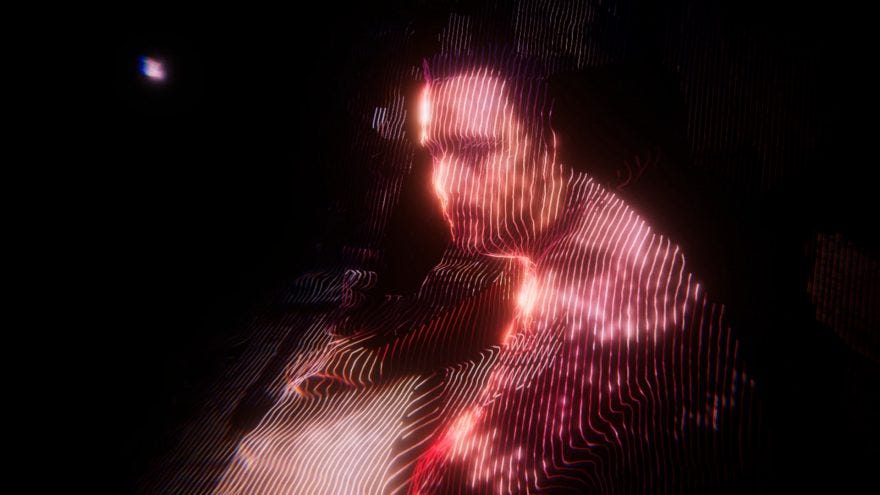
Now this, this is why we do The Rundown.
Depending on how you count them, there are either 12, 15, or 16 reviews in this one. Works you can see in VR, in parks in LA, in speakeasy like environments in New York, and right in the comfort of your own home.
Something for literally everyone. Your next adventure awaits.
Want to dive deeper? Join our REVIEW CREW every WED NIGHT in our Discord for our weekly gathering.
Need more? Check out LAST WEEK’S EDITION.
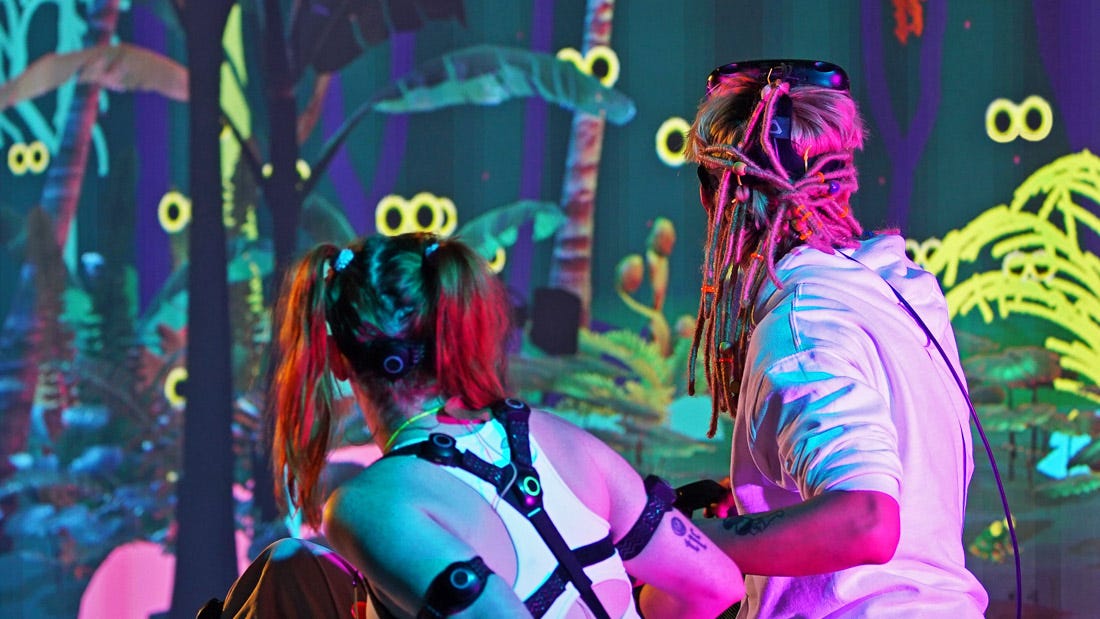
Anti-Gone — Theo Triantafyllidis, Mediterranea 19
Online; Free
From a technological perspective, Anti-Gone is quite impressive. For a livestream performance using motion capture technology to fully render interacting actors and their movements into a 3D world in real time without a single issue is feat unto itself. Herculean even. I can’t think of anything of a similar caliber I’ve experienced working so seamlessly. Anti-Gone makes a strong case for how mixed reality technology should be more commonly incorporated into traditional theater, empowering the element of “spectacle” as outlined in Aristotle’s Poetics.
Yet narratively, Anti-Gone is nonsensical, tedious, and self-indulgent. It’s as if David Lynch and Federico Fellini decided to collaborate on a film with the purposeful goal of being at complete odds with each other. The two lead characters talk at each other when they’re not mindlessly interacting with the world at large. Any message the narrative clumsily tries to convey to them is either lost or ignored, which in turn becomes my response as well. Even when Anti-Gone cohesively expresses a recognizable thought, it’s blandly expressed, lacking a new or fresh perspective on said thought.
While I greatly appreciate technological innovators pushing the limits of what’s possible, if nothing worthwhile is being said in an accessible matter, experiences like Anti-Gone are nothing more than overblown and drawn out tech demos that shouldn’t last more than a few minutes.
— Patrick B. McLean
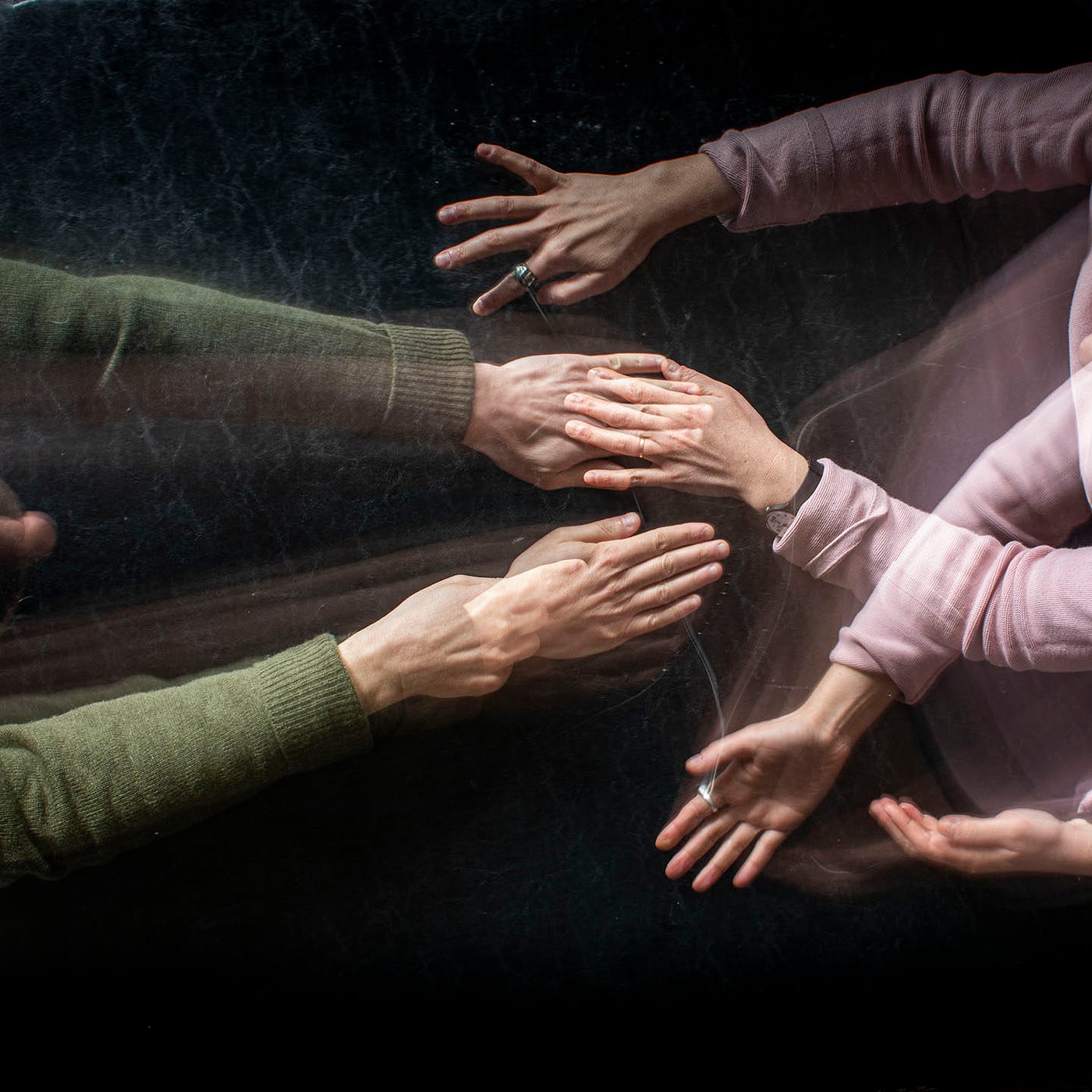
A Thousand Ways, Part Two: An Encounter — 600 Highwaymen
Current pricing and locations vary
A Thousand Ways, Part Two: An Encounter built on Part One’s brilliant format, driven by exchanges between two participants. In this case, Part One’s virtual version was replaced by an in-person volley. Alone in a room, seated at opposing sides of a table, and separated by a plane of plexiglass, the other participant and I faced each other, culling paper cards from a central stack. We, two strangers, revealed details of ourselves as instructed by the cards.
Compared to Part One, Part Two created a different kind of tension within this new framework. We were layered in barriers: the plexiglass, our face masks, and the cards’ insistence to follow particular rules. We were also steeped in intimacy: physical proximity, purposefully breathing together and, at times, conveying entire poems of our lives through eye contact and our monosyllabic, yet profoundly expressive responses, of “yes” and “no.”
The entire experience was a fascinating mix of feeling fully present and oddly nostalgic within the same moment. Similar to Part One, the experience toggled between constructed narratives and our own singular contributions. As we read from the cards, we heard the narratives for the first time as participants, while also embodying our prescribed roles as two people recounting memories to each other. The result was a torqued sense of discovery; a heightened version of déjà vu. My mind and body rebelled against the production’s restrictions. I badly wanted to ask more, say more; I wanted to learn all about this other person. The ending only magnified this effect.
And isn’t that the core tenet of art across all mediums — to inspire a yearning, a visceral need for connection and what lies beyond? Part Two does exactly that, in spades.
— Laura Hess

Changing Landscapes (Isle of Eigg) — Arthur King
Silver Lake; $10; Pre-purchased tickets required
A multimedia presentation, Changing Landscapes (Isle of Eigg) is a “creative re-imagination” of the Scottish island. Part of an ongoing, location-based series by local studio Arthur King, the installation includes a mix of field recordings arranged in peculiar formations.
The videos are dominated by pastoral serenity, but the full installation experience is disarming. Reminiscent of greenhouses, a row of small rooms are fronted with glass. Each room contains a single television on a pedestal and against a backdrop of constructed, industrial-like crags. In the central space, a large projection dominates one wall and a separate room includes another collection of videos, played on a grid of rotating discs.
The entire installation is a disembodied version of our natural landscape. Like a cross sectional study of Eigg’s habitat, animal and plant species are spliced onto slides (in this case onto screens) to be experienced separately, together. The result is an unnerving dissonance. The harmony we take for granted is disrupted, rearranged out of sequence and out of alignment. With audio tracks layered over one another, the sweet bleating of lambs becomes grating and haunting; wind gusts and bird caws begin to feel ominous.
Incorporating the work of American psychologist James Hillman, Arthur King cites the relationship between its Changing Landscapes series and depth psychological dream work, in which “the dream is pulled apart, even violated.” Indeed, the installation feels like a vivid dream dissected and, as time passes, it feels impossible to reclaim what the dream was in the first place. It’s a surreal sensation and worth experiencing.
— Laura Hess

Conjuror’s Club — American Repertory Theatre
Online; $25+; Run Completed
Vinnie DePonto and Geoff Kanick, co-creators of the Conjuror’s Club are no strangers to the world of immersive theatre. Lauded Mentalist DePonto has incorporated the art of illusion in the immersive works of Third Rail Projects, and Kanick was part of the original cast of Queen of the Night and served as Resident Director for Seeing You.
Conjuror’s Club, however, doesn’t aim for the heights of NYC’s immersive tradition but hews a lot closer to territory familiar to Angelenos with a penchant for prestidigitation. Four magicians, each with their own sense of style, work close-up magic across the digital gap of Zoom. The sorcerous skills of the assembled are beyond reproach, although it would have been good for the acts to check in and see that they weren’t using some of the same gags as kickers.
Part of the fun comes from the package that’s shipped out, which contains some props used in the wrap-around segments. It’s a fun show, if “immersive light,” but also suggests what an IRL Conjuror’s Club might look like one day. That’s something I’d like to see.
— Noah Nelson
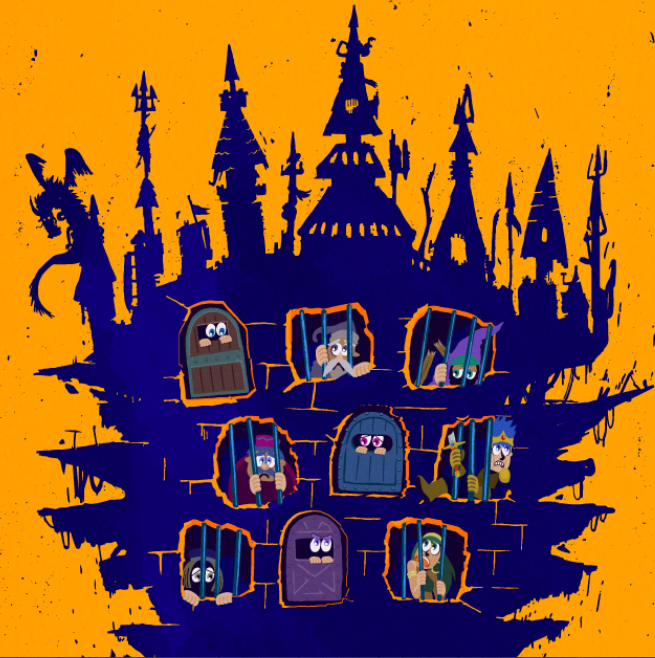
Escape from the Lockdown: The Demon Fortress — SCRAP
Online, $30
While the puzzles are occasionally challenging and fun, there’s a sense that SCRAP struggles with creating an internationally accessible virtual escape room. The game is divided into approximately five stages, all of which feel fairly discrete and are broken up by a charming Dragon Quest parody, and each section culminates in a fairly interesting puzzle playing with RPG mechanics. Between, though, SCRAP falls into their usual pitfalls, overusing Sunday Funnies style brainteasers, crosswords, and other paper puzzles in producing their escape rooms. While the finale contains a few startlingly difficult and interesting puzzles, and the story has one shocking twist I won’t dare reveal here, the game is hard to recommend for anyone but hardcore fans of console RPGs that will get a kick out of the goofy acting and reference gags.
— Blake Weil
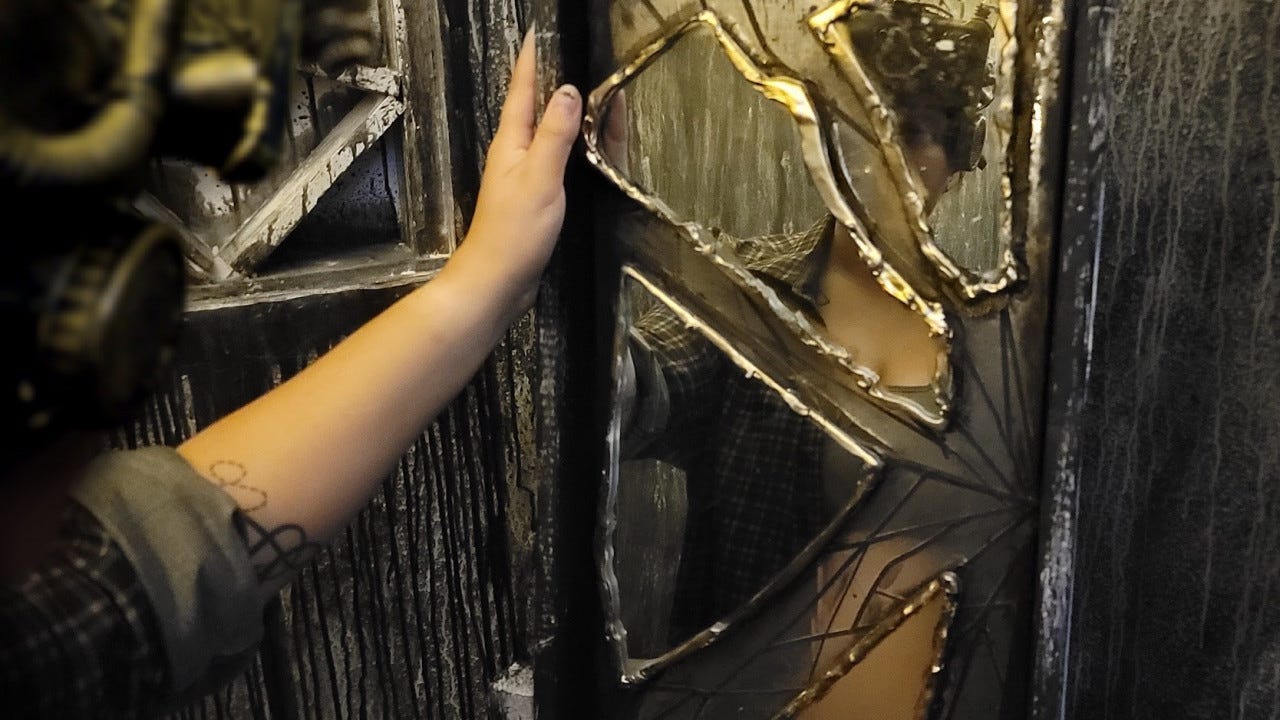
HIVEMIND — Less Than Three
Online, Free, Through June 5th
HIVEMIND is prickly, occasionally a bit unfair, and yet has so much to admire I feel compelled to wholeheartedly recommend it. Using the medium of Zoom to its advantage, the game unfolds its narrative in short audio clips you find both in game on CDs, and in short audio clips virtually appended to key items in the room. The story, in which you and your fellow audience members play therapists going into someone’s mind to ease their traumas, is occasionally quite moving, but seems to lack focus, throwing the patient through an increasingly exaggerated gauntlet of tragedies. Environmental storytelling is the room’s best asset, the seemingly simple and drab decor slowly revealing the narrative and patient’s memories. The story fairly maturely discusses themes of mental illness, the psychopharmaceutical industry, and the need for broader societal compassion for the mentally ill. Even if you win, HIVEMIND gives no easy answers for grief and suicidal ideation; it’s clever enough to just raise thought provoking questions and let the audience come to its own conclusions.
— Blake Weil

Immersive Arcade: The Showcase Vol. 2 — Digital Catapult
Museum of Other Realites, Free (for a limited time)
Limbo: The thing I usually find lacking in many VR documentaries is the sense of presence and a role to play. Not so the case here. You, the viewer, take on the part of someone who’s escaping persecution or violence in their home country and stuck in a holding pattern in the UK, waiting to see if they’re granted asylum. An unseen narrator describes the mundane repetition of your daily life (asylum seekers aren’t allowed to seek employment) and the disinterest most people have in your backstory or even your presence. And I can even feel the hairs rise upon the back of my neck as a stern, aggressive interviewer looks right at me in VR and tries to get me to trip up when talking about my story. While not interactive, Limbo is remarkably well executed and even “casts” the audience better than some interactive 6 DOF experiences do.— Kathryn Yu
Get No Proscenium’s stories in your inbox
Join Medium for free to get updates from this writer.
SubscribeSubscribe
Lucid: This animated VR film by Breaking Fourth takes us on a fantastical yet emotional journey as a daughter attempts to wake up her mother (who is a beloved children’s author with dementia) from a coma after a car accident, using experimental mind communication technology. We’re a fly on the wall as Astra enters Eleanor’s brain only to discover that Mom believes she’s actually the adventurer heroine inside of one of her fictional kids’ stories. It’s an impactful story centered around two female characters that goes to some serious places during its short run, but I just wish the viewer had more of a reason to “be” inside Lucid in VR as we are seated and invisible the entire time.
— Kathryn Yu
Following up on what Kathryn says: the writing here is really good. What baffles me are some of the blocking choices in the story. We’re told this is a seated experience, and then spend much of it in a kind of “third person game camera” view looking at the character’s butts. Attempts to correct this by moving around just cause more problems. It’s downright weird, and I obviously found it distracting. Still: worth the time for the writing and the overall idea of it.
— Noah Nelson
Somnai: This very short experience gives viewers a tiny taste of a location-based immersive theatre experience created by dotdotdot (now Layered Reality) that ran in London during 2018. While the dreams-inspired “dark ride” is pleasant enough — you simulate flying through a cloud-filled cityscape and then a gorgeous natural landscape — I encountered multiple performance issues on my VR rig. The Somnai environment began as very low resolution, making some of the famous skyscrapers shown difficult to identify, and then the rest of my experience suffered from low frame rate and significant lag whenever I looked around too quickly. This was punctuated with out of focus text at the end to “take off my sleep mask.” To be honest, I felt a bit queasy after I “awoke” from this dream.
— Kathryn Yu
Vestige: A creatively imagined documentary VR piece (one that was acquired before it even premiered at the Tribeca Film Festival in 2018), manifests real-life memories as telephone calls and gorgeous moving drawings…. The piece presents vibrant, sketchy versions of Lisa and Erik re-enacting their favorite memories, as Lisa tells the story of their relationship. There’s an energy to the visualizations, which were all captured using cutting-edge volumetric technology.
— Kathryn Yu, see her full Vestige review
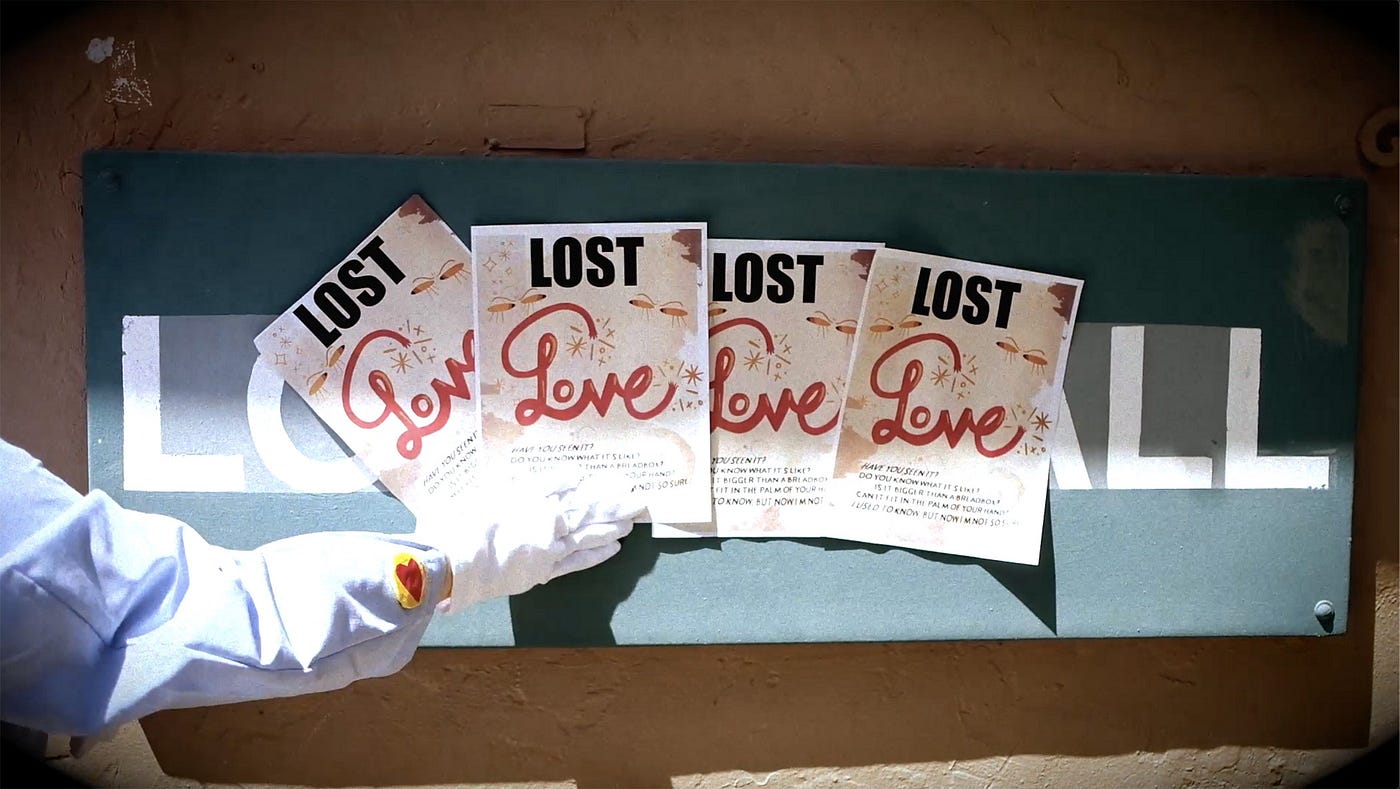
Love Note — Rogue Artist Ensemble
West Hollywood, Free
Love Note is a strange show. Not in terms of subject matter, but in the stark contrast between the strength of the material and a complete whiff on how you experience it in person. The performances are strong all around, and often moving because they feel so grounded in the real world, so much so that I wasn’t sure if they were true stories, or ones created just for this show.
However, listening to the show in person at Plummer Park was such a frustrating experience that it took away from what the Rogue Artists were trying to do.
— Kevin Gossett from his Full Review

SCAM — The Society of Conjurers And Magicians
New York City, $50, Sundays
The Society of Conjurers And Magicians, or “SCAM ”for short, is currently accepting new applicants. Based in NYC, this very self aware secret organization has taken over an ordinary seeming record store, but with the right codeword a world of wizardry awaits — in the form of a stunningly decorated karaoke bar.
The use of a karaoke bar is quite ingenious, as each room allows the separation of attendees into appropriate size groups to help maintain social distancing. It also allows for an incredibly intimate magic show, as the already existing members of SCAM perform as they make a tour around each of the rooms. On top of this, puzzles are provided for would-be members to solve to prove their worth, as they await the next spellbinding performance. And the cherry on the top, is that it allows for food and drinks to be ordered to your room, literally dinner and a show!
It’s such a simple concept for a show, but simplicity here is definitely the key to success for a post-pandemic show in central New York City. It’s a wonderful mix of up-close magic, and well designed escape room puzzles, with a simple narrative device that helps to draw audiences into the world. My party and I had a great time, enjoying all that SCAM provides, particularly the light heartedness and hilarious banter that these talented performers could offer with such an intimate audience size. I have not laughed so hard for a long time, and will freely admit to literally spit-taking multiple times throughout the hysterical sets that the self aware SCAM artists shared, as well as being awed at their mystical abilities. With a revolving roster of magicians, SCAM promises to be a different experience each time, one that is great for groups and parties. I believe they have a wonderful format for a show that could last a long time here in New York. It certainly feels like the perfect spell to help reopen and reinvigorate this city after the year that we have all had.
— Edward Mylechreest
Transparent Garden — Luna Ikuta
Los Angeles; Free; Reservations required
Transparent Garden by local multimedia artist Luna Ikuta, is evocative. The small gallery houses a series of aquarium tanks, each with its own fragile ecosystem. Ikuta stripped plants of their chlorophyll, resulting in a pale monochrome. The plants gently oscillate in their habitats, anchored in black gravel. The effect is both gorgeous and unsettling.
Each tank installation is accompanied by an LCD screen with the same aspect ratio. The screens play a recorded loop of the tank underneath. It’s not CGI, but an actual digital capture of the tank’s contents. NFT works are also available via SuperRare. The show’s full presentation is this mix of physical, physical-digital, and solely digital artworks. Mechanics are cohesively integrated. Most functional aspects are hidden from view and the ones that aren’t, such as aquarium tubing, are reimagined in custom-made glass.
Preserved in a transitional state from vibrance to decay, these organic compositions spotlight the beauty of ephemeral states and offer a spectral elegance that’s uncanny and meditative. They remind us that a place of limbo can also be a moment of transcendence.
— Laura Hess (Full disclosure: Luna is a former colleague of mine.)
Vanishing Grace — Monte Perdido Studio
Oculus; $19.99
Walking simulators are a tricky genre, requiring developers to straddle a fine line of providing players narrative ownership yet taking them on a nevertheless prescribed journey. If the balance is not correct, the game takes on a muddy tone, overshadowing all that’s good in it. It grieves me that this is the case for Vanishing Grace.
In a near-future date I play as Joel, searching the desolate, depopulated wasteland looking for his oldest and currently lost friend, Grace, when her hovercraft returns unmanned. The hovercraft is the true star of Vanishing Grace. It’s a stunningly rendered and incredibly palpable space, feeling utterly lived-in with random clutter littered throughout it. There’s also the front deck, where I stand watching the majestic splendor of deserts, mountains, and forests rolling by underscored by Vanishing Grace’s haunting solo guitar soundtrack.
Also, Cissy Jones’ performance as Grace, while quite similar to her role in Firewatch, is stellar nonetheless.
It’s when engaging Vanishing Grace’s narrative does the game crumple under its own ambitions. Joel’s relationship with Grace wildly swings between being too prescriptive and too ambiguous. It’s implied they’re simply childhood friends and nothing more. But as the game progresses, there’s blatant implications of romantic feelings between them. Also, maybe Grace discovered a secret while working for the government? And maybe there are monsters? Too many questions are raised with not enough afford to ever draw a definitive decision on any topic.
Furthermore, the controls are just a touch too clunky. Items found on the hovercraft oddly oscillate between being able to be used during one chapter and then not in the next. And why offer cups and bottles if I can’t pour a drink and take a sip?
Plainly, Vanishing Grace is a muddled experience. Yet, if you’re willing to accept its faults, it’s a worthwhile one, too. The game is always striving to say something or spark a moment that’s all too painfully, and in turn wonderfully, human. It’ll just take time alone on the front deck, watching the arresting sights of nature, to draw those conclusions yourself.
— Patrick B. McLean
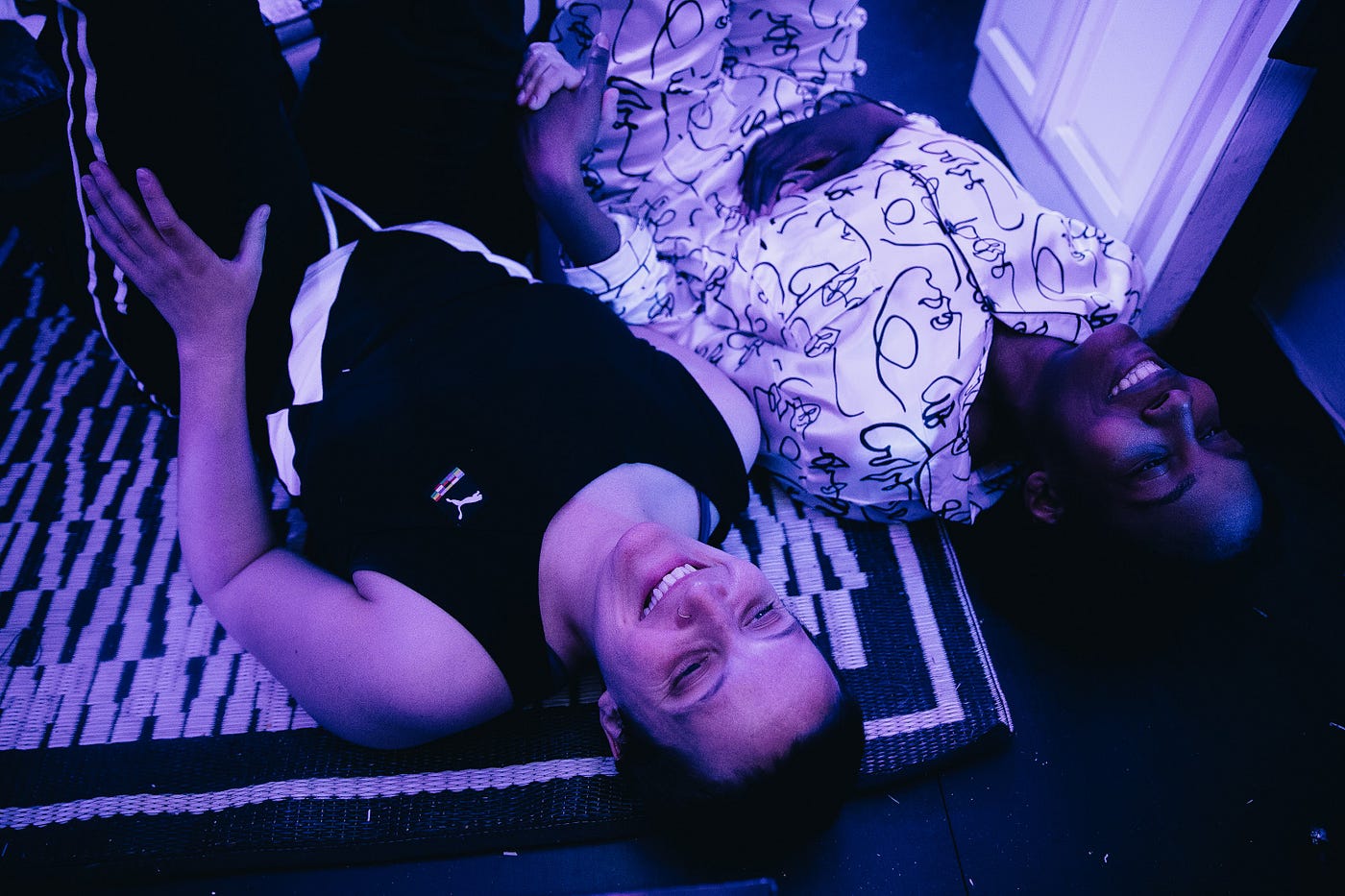
Zoetrope — Exquisite Corpse Company
Brooklyn, $35, through June 20th
Once the show is brought to motion, we can observe various phases of the early days of COVID-19 era, chasing each other. Up to eight audience members can be safely seated around four openings into the trailer and observe the life of a couple in self-isolation in their tiny studio apartment. Painfully familiar and delightfully strange, Zoetrope is an attempt to distance ourselves from the challenging and tragic past year in order to start processing what happened.
— Asya Gorovits, from her Full Review
Discover the latest immersive events, festivals, workshops, and more at our new site EVERYTHING IMMERSIVE, new home of NoPro’s show listings.
NoPro is a labor of love made possible by our generous Patreon backers. Join them today!
In addition to the No Proscenium website, our podcast, and our newsletters, you can find NoPro on Twitter, Facebook, YouTube, Instagram, in the Facebook community Everything Immersive, and on our Discord.




















Discussion